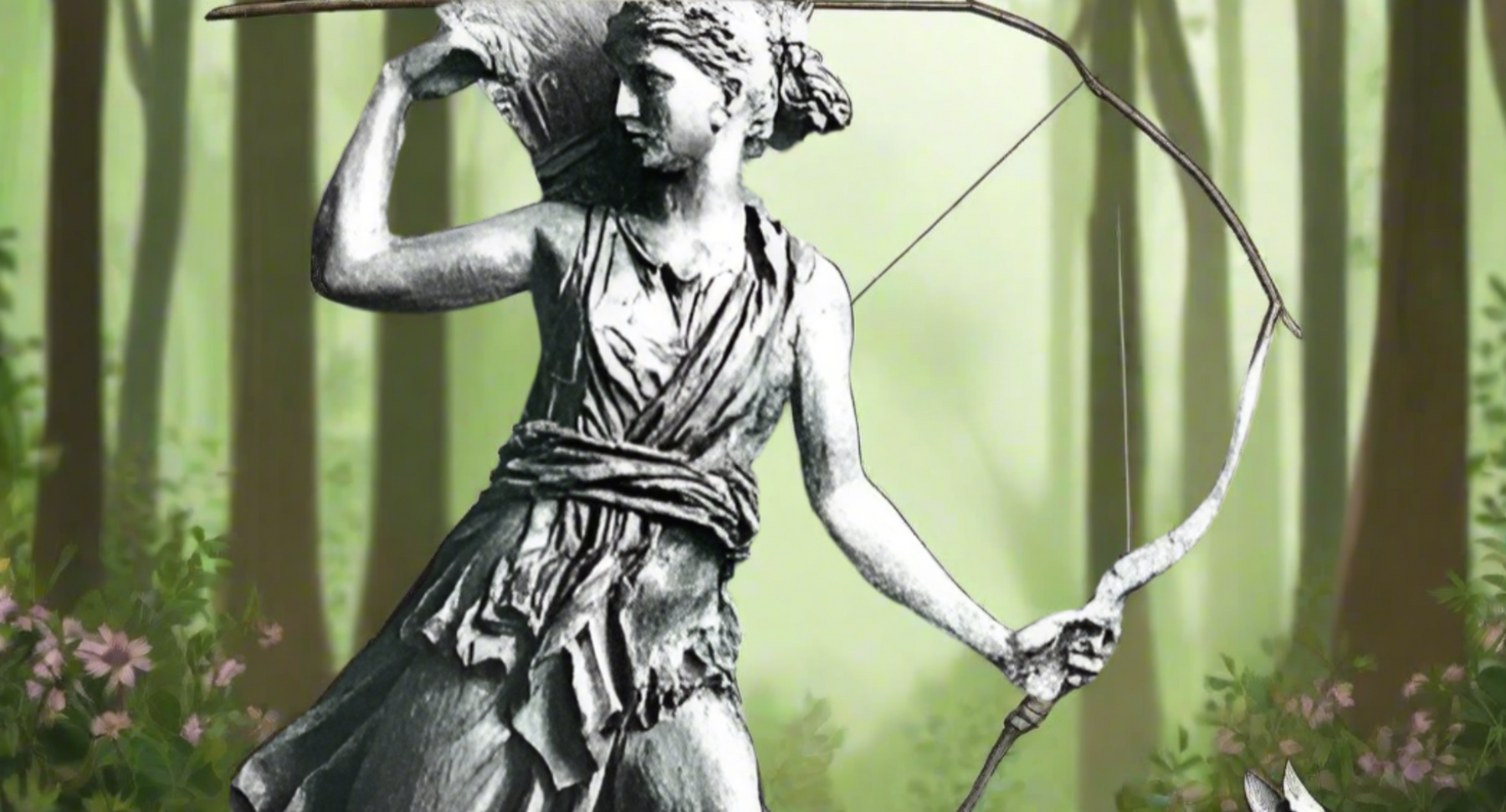
From Mounichiōn to Protomagia: Ancient Echoes of Spring
In ancient Athens, the month of Mounichiōn—spanning mid-April to mid-May—was rich in spring symbolism and renewal. Its highlight was the Mounichia festival (where Kastella is located today), dedicated to Artemis, protector of young girls and harbors. On this day, maidens offered moon-shaped cakes crowned with glowing candles, echoing the season’s light and hope.

Today's Protomagia (May Day) carries that same spirit. With flower wreaths and outdoor gatherings, Greeks still celebrate nature’s rebirth and the cycle of life. Both ancient and modern rituals honor youth, transition, and the blossoming of life—whether through Artemis' gentle power or the flowers woven into a May Day crown.
This theme of youthful passage and renewal is vividly echoed in ancient vase forms:
-
Loutrophoros: A tall, elegant vessel used in rituals of purity and transition, especially before marriage. Often painted with scenes of maidens or nuptial processions, it connects deeply with Artemis' domain.
-
Lekythos: Used for perfumed oil in both daily and funerary rites, the lekythos often depicted scenes of young women and gestures of remembrance—symbolizing both beauty and the fragility of life.
-
Askos: A small, often animal-shaped vessel for pouring liquids, associated with domestic rituals and possibly spring festivals.
Each of these shapes is more than a vessel—they carry stories of girlhood, nature, and sacred transition, bridging ancient devotions to Artemis with the floral spirit of May Day.


Leave a comment